![]()
![]()
![]()
Use LEFT and RIGHT arrow keys to navigate between flashcards;
Use UP and DOWN arrow keys to flip the card;
H to show hint;
A reads text to speech;
47 Cards in this Set
- Front
- Back
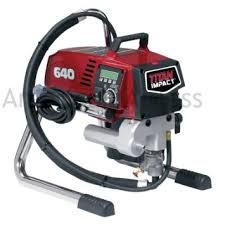
|
Titan 440 Airless Paint Sprayer |
|
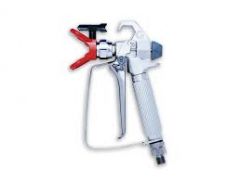
|
Paint Sprayer Gun |
|

|
Paint Sprayer tips (Different tips change the angle and spread of the paint stream) |
|
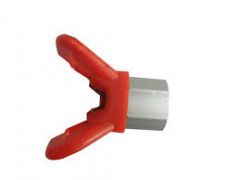
|
Paint Sprayer tip guard: Prevents tip from getting damaged during use |
|

|
Roller: Primarily used for painting trim and back-rolling after spraying |
|

|
Chlorox Bleach: Used in conjunction with Jomax to kill all mold and mildew to clean surface to be painted |
|
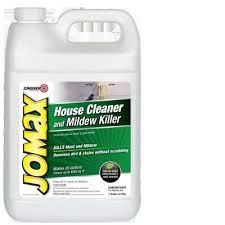
|
Jomax: Used with Bleach to kill all mold/mildew to clean surface to be painted |
|

|
Back pack chemical sprayer: Bleach and Jomax solution added to sprayer and applied liberally on all areas with black mold/mildew. |
|
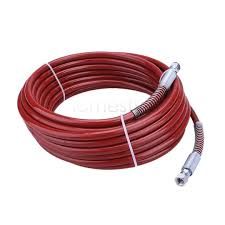
|
Paint Sprayer 50' hose: This hose connects to the paint sprayer and the paint sprayer gun is connected to the other end of this hose. |
|

|
Belt Sander: This tool is used when there are large areas of chipping and peeling paint that need to be sanded down before painting |
|
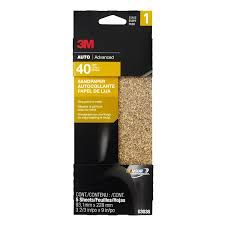
|
Course grit sand paper: This is the sand paper that is used first to sand down heavy burrs and rough surfaces |
|
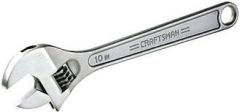
|
Wrench: You need a wrench to assemble the paint sprayer and connect the hoses |
|
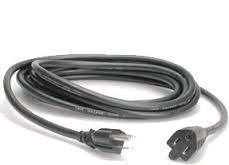
|
Extension Cord: You will need an extension cord to plug in the paint sprayer. Usually it makes sense to plug in 2 extension cords to make accessing the entire house easier. |
|
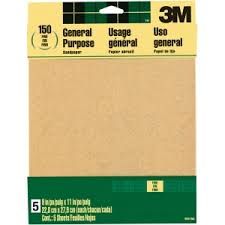
|
Fine grit sand paper: This is used after course and medium grit sand paper has already been used to make the final surface extremely smooth. Also used to agitate glossy surfaces and lightly sand primed areas for final topcoating |
|
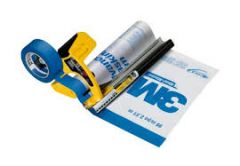
|
Hand masking tool: This tool aids in masking off windows, doors and other areas quickly |
|
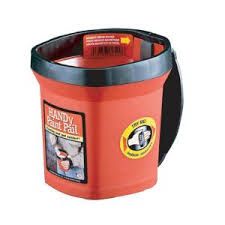
|
Handy Paint Pail: This tool is helpful when painting on ladders or in tough to reach areas. A magnet is attached to the back so you can put your brush frame on it while moving around. |
|
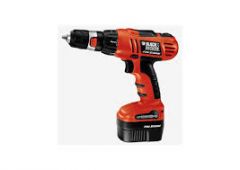
|
Electric Cordless Drill: Used for disassembling gutter downspouts, removing house numbers, door handles or light fixtures |
|
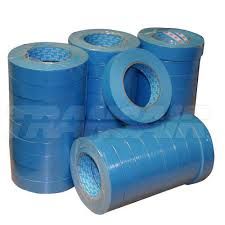
|
3M masking tape: Masking tape is used to tape off windows, doors, handles, light fixtures and anything else you want to prevent over spray from landing on. |
|
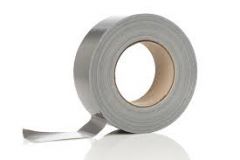
|
Duct Tape: Duct tape is useful for when you need to mask off roof areas, around aggregate concrete driveways and front porches where masking tape does not stick well. |
|
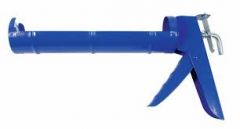
|
Caulking Gun: Used for caulking windows, doors, and any other gaps |
|
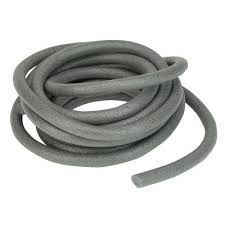
|
Foam Backing Rod: Used to fill any gaps more than 1/8" wide. |
|
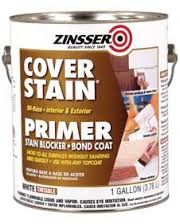
|
Oil Based Primer: Used to cover all exposed wood, around doors/window frames, sills and the ends of trim boards. |
|
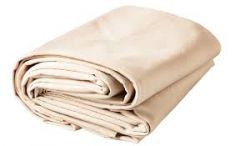
|
Canvas Drop Clothe: Used to prevent spills and paint drops from landing on concrete or roof areas. |
|
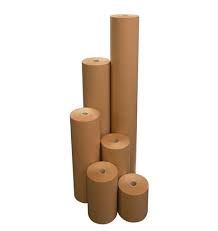
|
Paint masking paper: Used along garage doors and all around entrance areas and porch areas to prevent over spray from collecting on canvas drop clothes. |
|
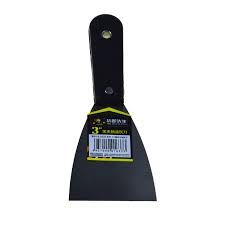
|
Puddy knife: Used to spread painters puddy and smooth it out flat. |
|

|
Durham's Water Puddy: This is very useful for filling large gaps. Use sparingly because a little goes a long way. Add water and stir in powder until you get the desired consistency. After dry sand the plastered area smooth with sand paper. |
|
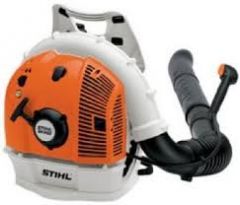
|
Back Pack Blower: Used for cleaning up job site of paint shavings |
|
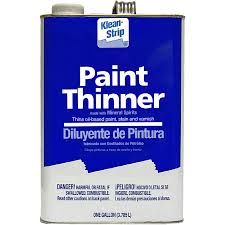
|
Paint Thinner: Used for cleaning paint sprayer, paint brushes, minor spills and overspray. |
|
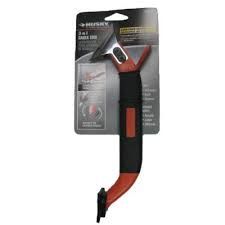
|
Caulk Removing Tool: Used to strip out old peeling/cracking caulking in order to apply new bead of caulking |
|
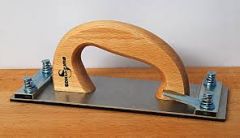
|
Hand-Held Sanding Block: Used to sand large flat surfaces. |
|
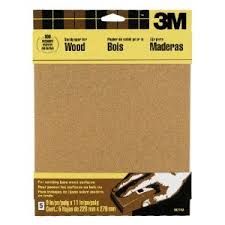
|
Medium Grit Sand Paper: Used after course grit and before fine grit sand paper. |
|
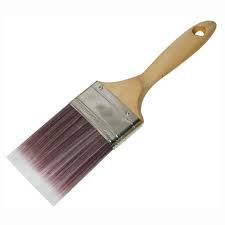
|
Paint Brush: Used for trim work mostly and applying primer around doors, windows, and sills. Note: Always clean paint brush IMMEDIATELY after use to prevent paint brush from getting crusty and unusable. |
|
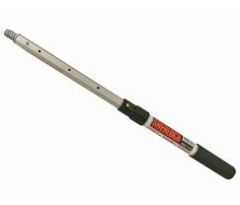
|
Extension Pole: Used to get hard to reach areas or high areas |
|

|
Pressure Washer Wand |
|
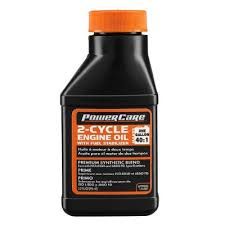
|
2 Cycle Oil: Add this to gallon gas can and mix with gas for use with the back pack blower |
|

|
Wire Brush: Can be used to remove loose/chipping paint as well as cleaning paint spills in conjunction with Zip Strip and also cleaning the paint sprayer parts. |
|
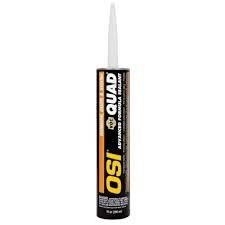
|
OSI Quad Caulking: Top-end caulking used to seal windows, doors, corner boards, trim boards, soffits and other cracks or splits less than 1/8" wide. Note: Caulking must always be "Paintable" caulking. |
|

|
Hammer: Used for hammering in protruding nails and gutter spikes that are coming out. Also can be used to nail trim boards that are starting to come loose. |
|

|
Box Cutter Blade: This tool is very helpful on a paint job. Can be used to cut plastic, paper and is used to cut the seam of freshly painted anything where the masking tape could peel back the final coat if not cut first. |
|
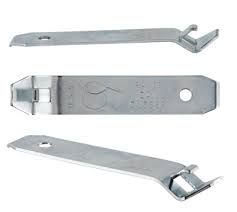
|
Paint Can Opener Tool: This tool can be attached to your key chain and is free at Sherwin Williams by the check out counter. |
|
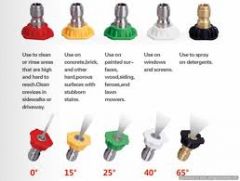
|
Pressure Washer Tips: Tips can change the angle and spread of water flow. |
|
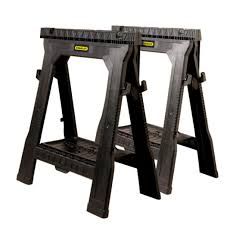
|
Saw Horses: Used for spraying doors that have been removed from hinges and laid down over the saw horses |
|
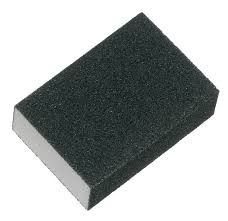
|
Sanding sponge: This tool is useful for sanding areas that are grooved and contoured like doors and around windows sills |
|
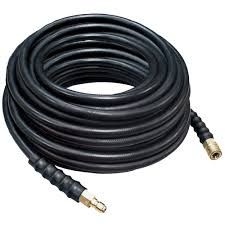
|
Pressure Washer 50' hose: Connects to the pressure washer and the wand using quick connect fittings |
|
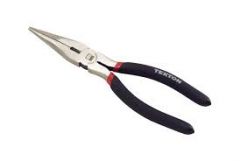
|
Needle Nose Pliers: Can be used for pulling out old staples and nails. |
|
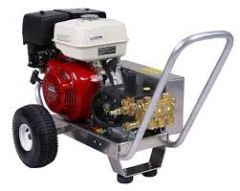
|
Pressure Washer: 4,200 PSI (Pounds per square inch) 4.0 GPM (Gallons Per Minute) Can run for (2) hours straight before needing to be re-fueled. Used for getting dirt and peeling paint off to prep for painting |
|
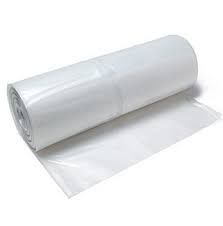
|
Painter's Plastic: Used for masking off windows, doors, light fixtures, furniture or anything else you want to prevent over spray from landing on. |

